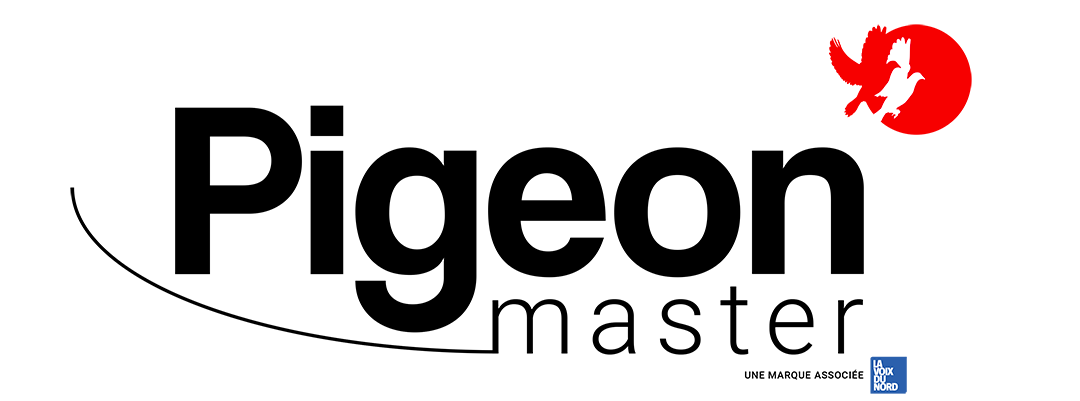If there’s one time of year when our pigeons need to be supported, it’s the moulting period. After a complicated flying season and late breeding to fill gaps in the loft or to meet demand, our capital is stretched to the limit. Often, the weaning of young birds combined with rapidly shortening days leads to massive loss of cover feathers, putting a strain on an already tested body.

I’m no longer involved in late breeding, to be perfectly honest. Given my advanced age (laughs), I don’t even re-couple any more. I remove what needs to be removed and release as many young cocks as there are vacancies. This rotation can annoy the most organised fanciers. Relax, it’s the holidays!
Back to our moulting pigeons. Seed-based food is deficient. Even the most varied mix will not provide the necessary quantities of nutrients, let alone the vitamins, amino acids, minerals and trace elements required for optimum feather renewal. Even the best seeds are not rich enough in nutrients.
Of course, feathers will always be shed and renewed, but the plumage quality is crucial for homing pigeons. The quality of wood pigeon plumage is not ideal. However, it has been observed that, despite a diet that is not very varied and sometimes random in terms of quantity and frequency, the feathers do not particularly show any ‘structural’ defects such as marks on the shaft, which would indicate stress, illness or deficiencies, or extreme exertion (during the playing season).

The basics: liver optimisation
Once upon a time, in the town of Foix, there was a liver merchant who sold liver. She said to herself “ma foi”… blablabla. After this introduction by Georges Perec (normally), who left an indelible mark on, if not traumatised, all schoolchildren in France and the rest of Europe, we’re going to talk about the liver.
At the risk of verging on a dubious pun, “I serve liver with all kinds of sauces”, but I prefer balsamic vinegar and cream. Joking aside, the liver is the keystone of the nutritional metabolism and should be at the centre of your concerns, all year round of course, but even more so during moulting. As mentioned above, the moulting diet is extremely fatty. This can quickly become a problem, as an engorged liver functions poorly. If this persists, the consequences can be truly disastrous.
The first signs will be a loss of appetite. The pigeon, for its protection, goes into diet mode, reducing or partially stopping its food, which can sometimes allow the liver function to recover. Of course, a lack of vitality will be visible. The pigeons will be sad and lethargic due to the accumulation of toxins. There are two visible signs, as obvious as a nose in the middle of your face, that should alert you: a deterioration in the quality of droppings and the classic ‘blue flesh’.
To prevent or curb these problems, herbal teas and other detoxifying plants are your first allies, and as the saying goes, “prevention is better than cure”. That’s why I give a course on MAPP Epatodraine (7 to 10 days) at the start of the big moult. Similarly, twice-monthly or even weekly (for 3 days) maintenance is recommended, depending on the rate and volume of feather loss.
Vitamins and amino acids
This is a vast subject where everyone has their own opinion or rather their habits. I’m a fervent supporter of vitamins and amino acids, but not at any time, in any way or any form.
To cover these needs, I distribute MAPP Vitality three days a week or twice a week, depending on what you need at any given time. Rather than overwhelm you with hermetic technical jargon, just to impress you, and after having whetted your appetite with calf’s liver with cream and balsamic vinegar (sorry for the vegans, but this may allow me to open a door for a future article), let’s stay at the table. Allow me to use this culinary metaphor to support my thesis: vitamins and amino acids are nothing more or less than the pigeon’s knife and fork!
Can you imagine eating a superb entrecôte with only one of these two utensils, or worse, without either? A complicated situation, isn’t it?
I’ll leave you to digest all that. I hope I’ve whetted your appetite for what’s to come!
See you next week!
Margris Alexandre
margris-pigeon@hotmail.com






